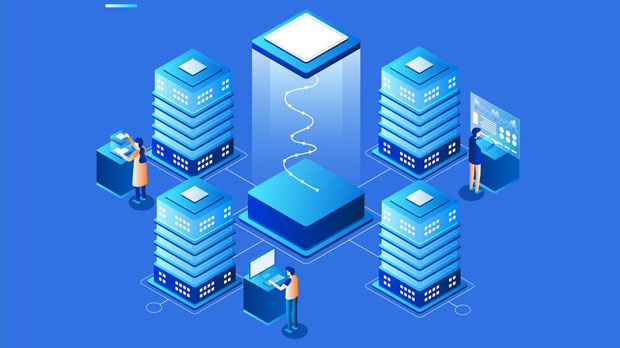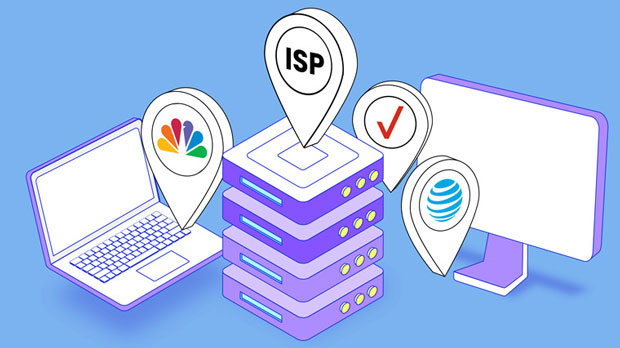When it comes to mobile networks, using proxies is becoming increasingly essential for privacy, security, and performance optimization. Two common options for proxy services are PYPROXY and BestProxy, both offering solutions tailored for wireless environments. But how do these proxies perform in the context of mobile networks? In this article, we will provide an in-depth analysis of how PyProxy and BestProxy function on mobile devices, exploring their benefits, challenges, and key features to help users make an informed decision on which proxy service best suits their needs. Understanding Wireless Proxies and Their Role in Mobile NetworksProxies act as intermediaries between a user's device and the internet, routing traffic through a remote server to mask the user's original IP address. This helps protect the user’s identity, avoid geo-blocked content, and sometimes optimize network performance. In mobile networks, proxies are essential for handling various issues, such as network congestion, fluctuating signal quality, and potential security threats like man-in-the-middle attacks.Wireless proxies specifically cater to the needs of mobile devices, addressing the unique challenges posed by mobile networks, such as limited bandwidth, unstable connections, and data security concerns. These proxies offer mobile network users an additional layer of security and reliability, ensuring smooth browsing experiences even in challenging conditions.Comparing PyProxy and BestProxyBoth PyProxy and BestProxy offer solutions designed to optimize the use of proxies in mobile network environments. However, there are distinct differences in how each service handles mobile traffic and the specific advantages they bring to the table.PyProxy: Features and Performance in Mobile NetworksPyProxy is a relatively new player in the proxy market, but it has quickly gained attention due to its focus on providing fast, reliable, and secure proxy services for mobile networks. Below, we delve into the key features of PyProxy and how they perform in mobile environments.1. Speed and LatencyOne of the most significant concerns when using proxies on mobile devices is speed. PyProxy addresses this issue by using high-speed servers designed to minimize latency and ensure a smooth browsing experience. However, while PyProxy performs well under optimal network conditions, its speed can vary when the mobile network experiences fluctuations in signal quality or congestion. Despite this, PyProxy’s optimized mobile proxy servers can still offer a relatively fast connection, even in less than ideal conditions.2. Security FeaturesMobile devices are particularly susceptible to security threats, as they are frequently connected to public Wi-Fi networks and other unsecured connections. PyProxy’s encryption protocols help safeguard users’ data, ensuring that sensitive information remains protected while browsing. Additionally, PyProxy offers advanced features such as IP rotation, which further enhances anonymity and prevents tracking. In mobile networks, where threats like man-in-the-middle attacks are more prevalent, these security measures are invaluable.3. Compatibility with Mobile ApplicationsMobile applications often have unique network demands that differ from regular web browsing. PyProxy excels in offering support for a wide range of mobile apps, ensuring compatibility with both Android and iOS platforms. This allows users to seamlessly integrate PyProxy with their favorite apps without significant performance degradation, which is crucial for mobile users who rely on their devices for daily activities.BestProxy: Features and Performance in Mobile NetworksBestProxy has long been known for its stable proxy services and solid customer base. In the mobile network context, BestProxy has established itself as a reliable choice for users seeking security and anonymity. Below, we explore its performance in mobile environments.1. Speed and LatencyBestProxy’s mobile network performance is characterized by its consistent speed, even when users are on the move. The proxy service employs advanced load balancing techniques to distribute traffic across multiple servers, ensuring minimal latency and faster speeds, regardless of the mobile network’s congestion. This makes BestProxy a highly effective option for users who frequently experience fluctuating mobile network conditions.However, despite its ability to maintain speed, there can still be occasional slowdowns during peak hours, especially in areas with high mobile data usage. These issues, though less common, may affect users who rely heavily on high-speed internet for mobile gaming or video streaming.2. Security FeaturesBestProxy is also known for its robust security features. Like PyProxy, it employs strong encryption protocols, ensuring that all data transmitted via mobile networks remains secure. Additionally, BestProxy has a built-in anti-malware feature, which can protect mobile users from malicious apps and websites that may pose security threats.Another standout feature is its ability to provide dedicated IP addresses, which can be particularly beneficial for mobile users who require a consistent and secure connection. This is important for activities like online banking or accessing sensitive information, where anonymity and security are paramount.3. Compatibility with Mobile ApplicationsBestProxy is highly compatible with mobile applications, including popular services such as social media platforms, streaming apps, and banking applications. The proxy is designed to integrate seamlessly with mobile devices, ensuring that users experience minimal disruption to their daily activities.However, in some cases, certain applications might restrict the use of proxies, which can impact the overall experience. BestProxy is generally better at working around these restrictions than PyProxy, but users should be aware that not all mobile apps may function optimally while using a proxy.Performance in Real-World Mobile Network ConditionsIn real-world scenarios, mobile network conditions can vary greatly. Factors such as signal strength, network congestion, and the type of mobile device all play a role in determining how well a proxy service performs. Both PyProxy and BestProxy have been tested in different network environments, including areas with poor mobile signal strength, high traffic, and limited bandwidth.PyProxy tends to perform best when the mobile network is stable and the user is connected to a high-speed 4G or 5G network. However, it can experience slowdowns in areas with weak signals or during peak data usage times. BestProxy, on the other hand, performs well even in congested areas, thanks to its load-balancing capabilities and its robust infrastructure.Choosing the Right Proxy for Mobile NetworksChoosing between PyProxy and BestProxy depends on the specific needs of the user. If speed is the most important factor, and the mobile network is generally stable, PyProxy may be the better choice. Its focus on speed optimization makes it ideal for users who need fast browsing or streaming capabilities.However, if security and reliability are of greater concern, BestProxy stands out due to its consistent performance and robust security features. BestProxy’s ability to handle high traffic and provide dedicated IP addresses makes it an excellent option for users who prioritize privacy and need a reliable connection, even in challenging network conditions.Both PyProxy and BestProxy offer unique advantages for mobile users, each excelling in different areas. PyProxy is ideal for users looking for high-speed performance, while BestProxy is more suited for those prioritizing security and reliability. Ultimately, the best choice depends on individual requirements, network conditions, and the specific use case. Regardless of the option, both services provide valuable solutions to optimize the mobile browsing experience and enhance overall performance in wireless environments.
Oct 22, 2025



































































